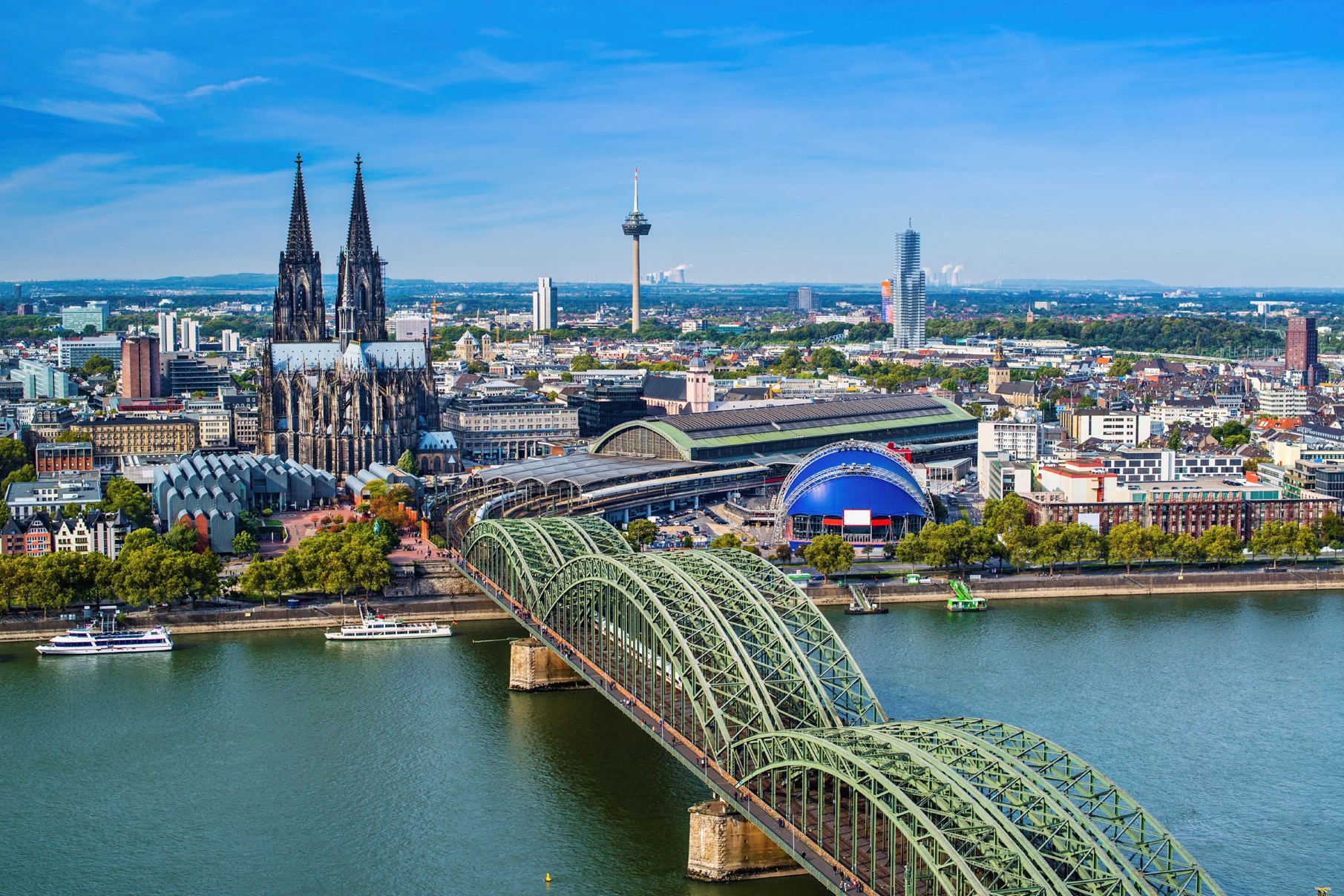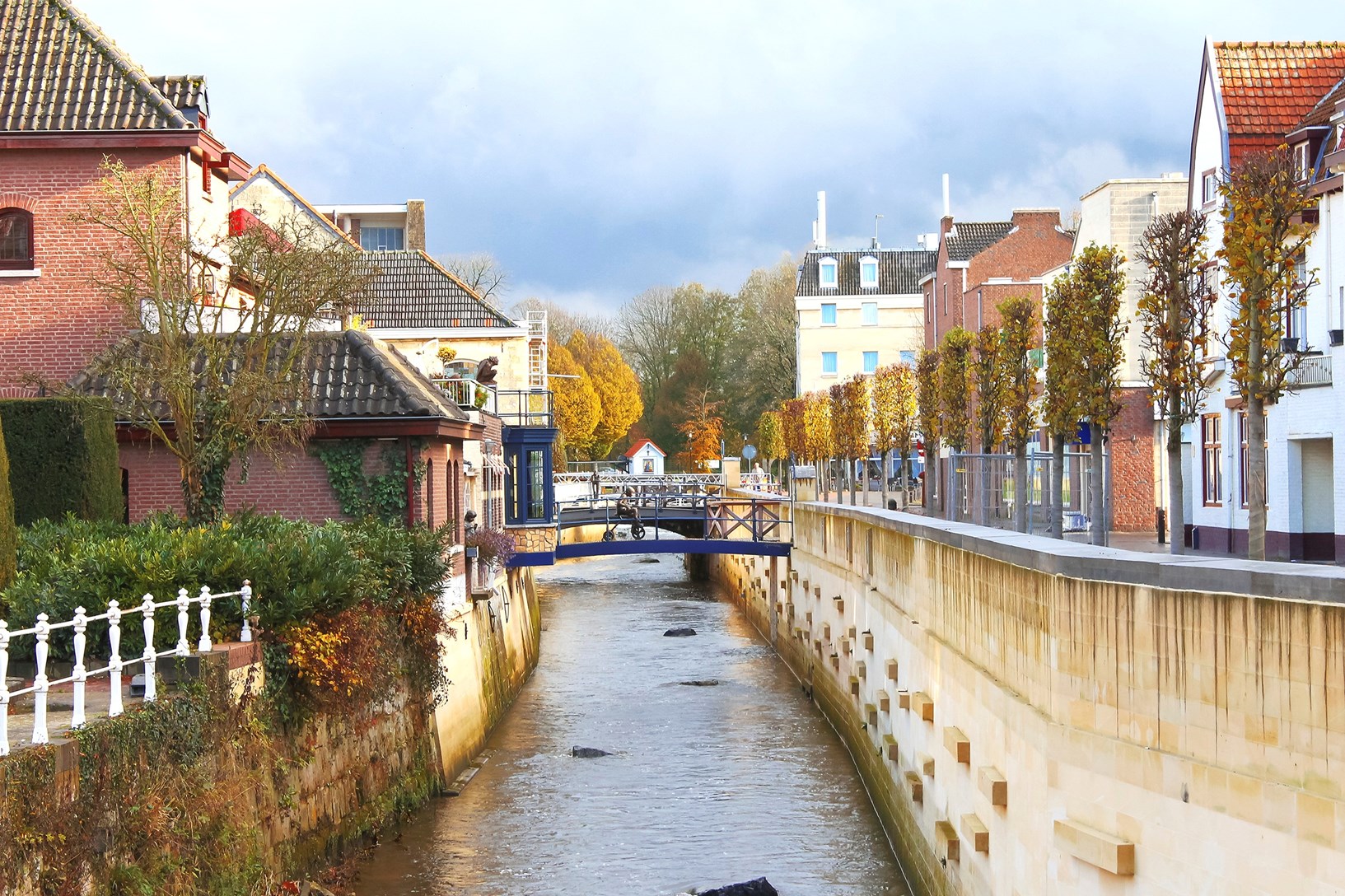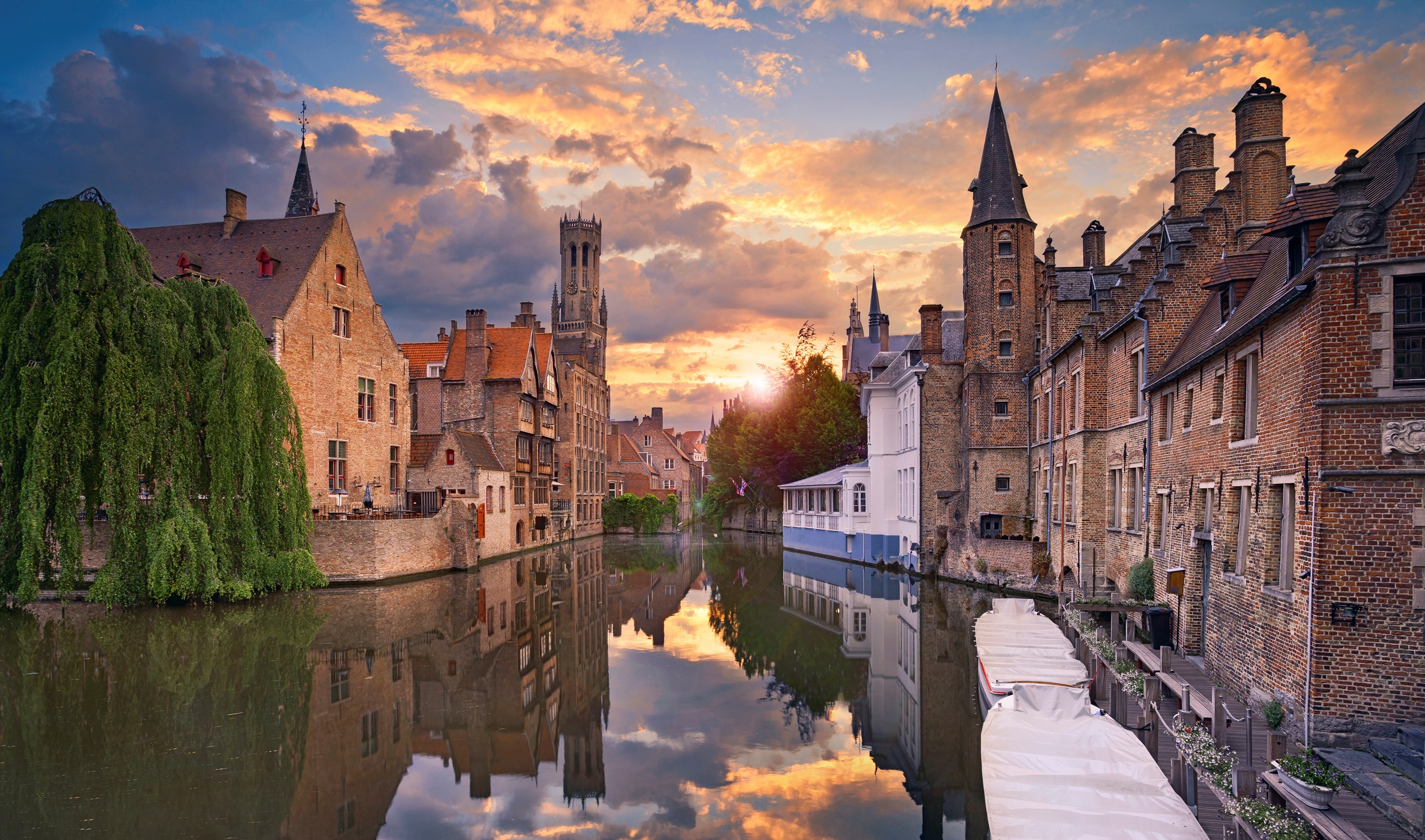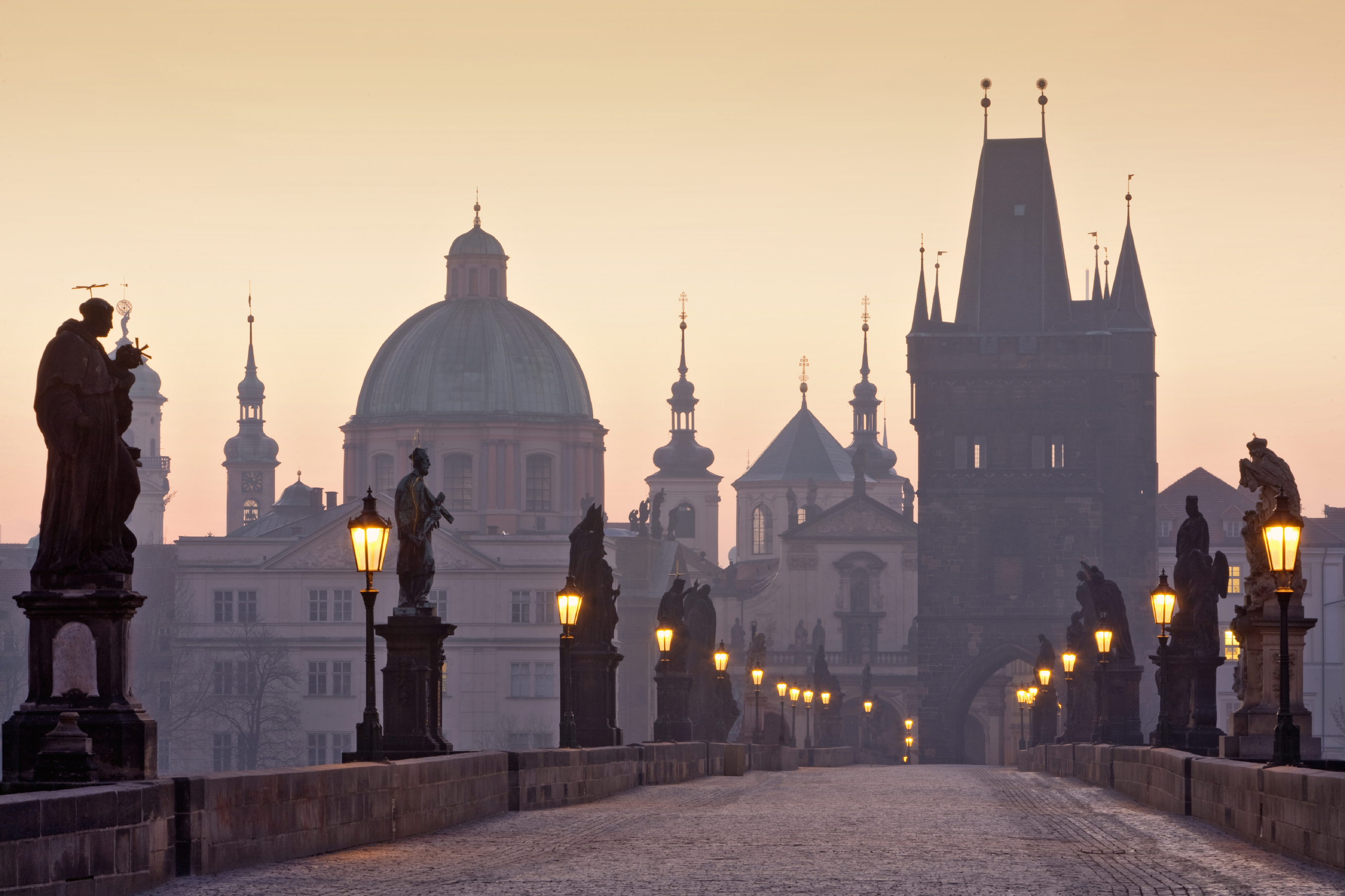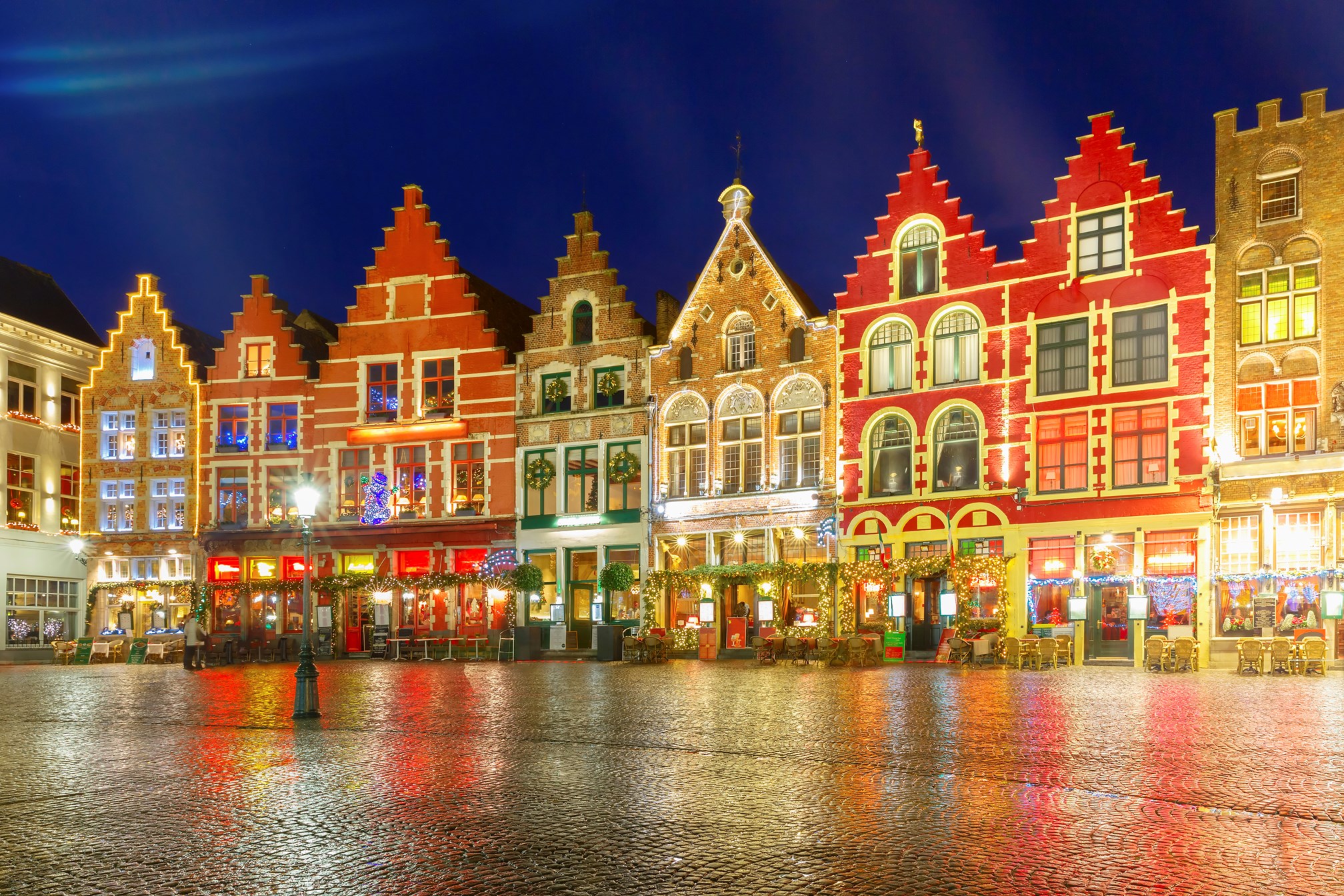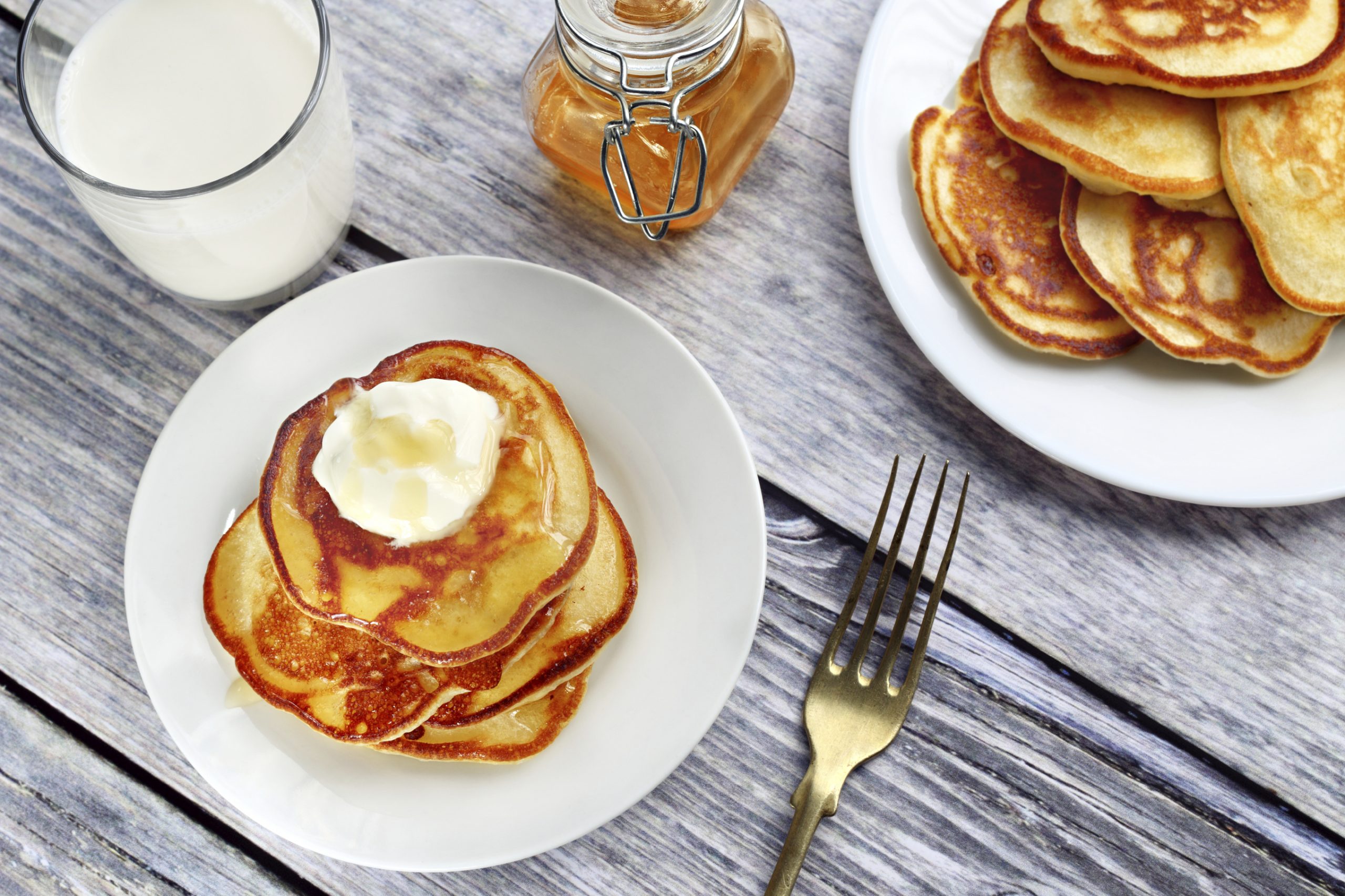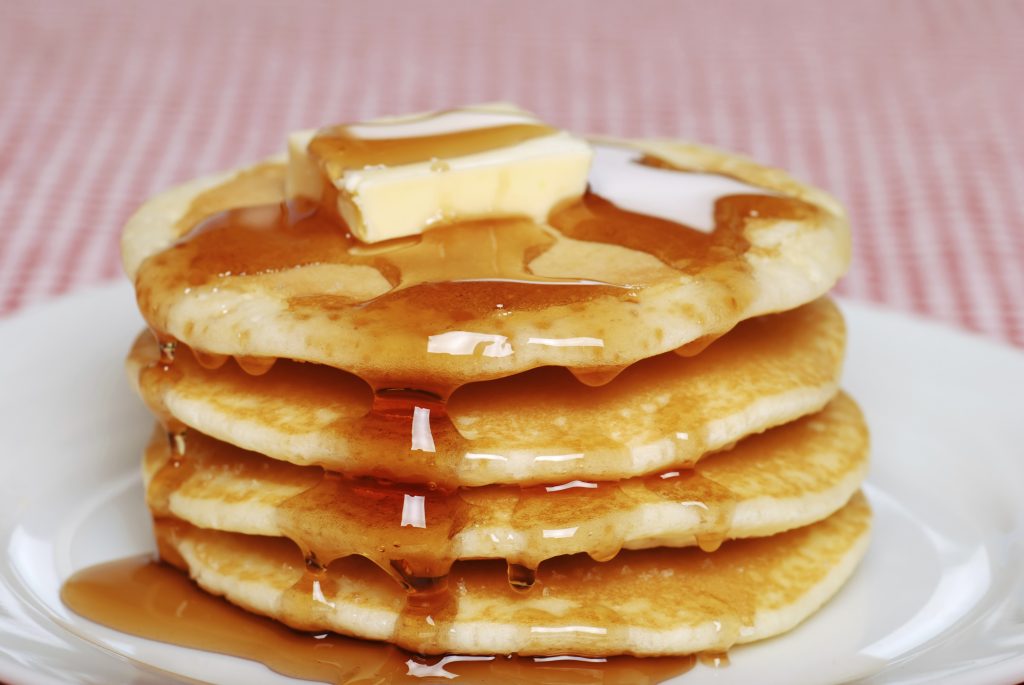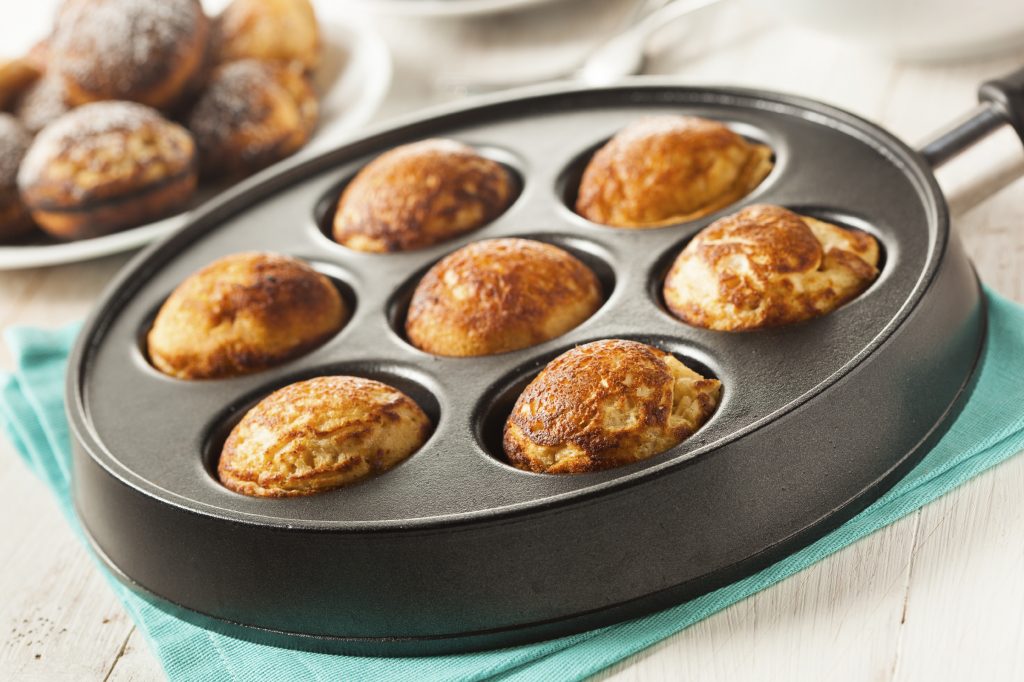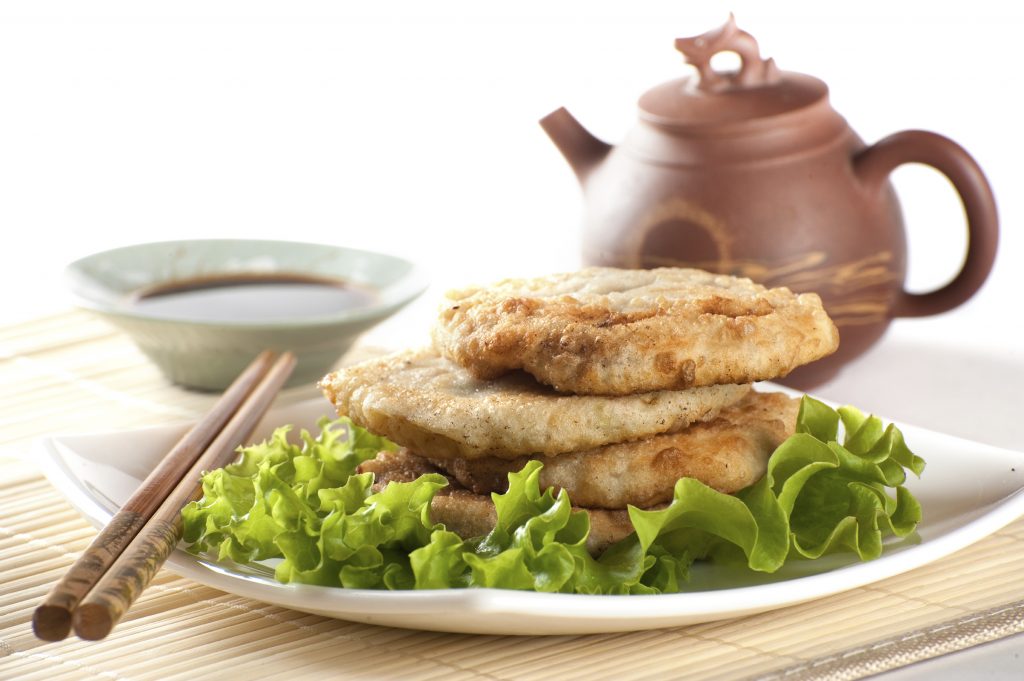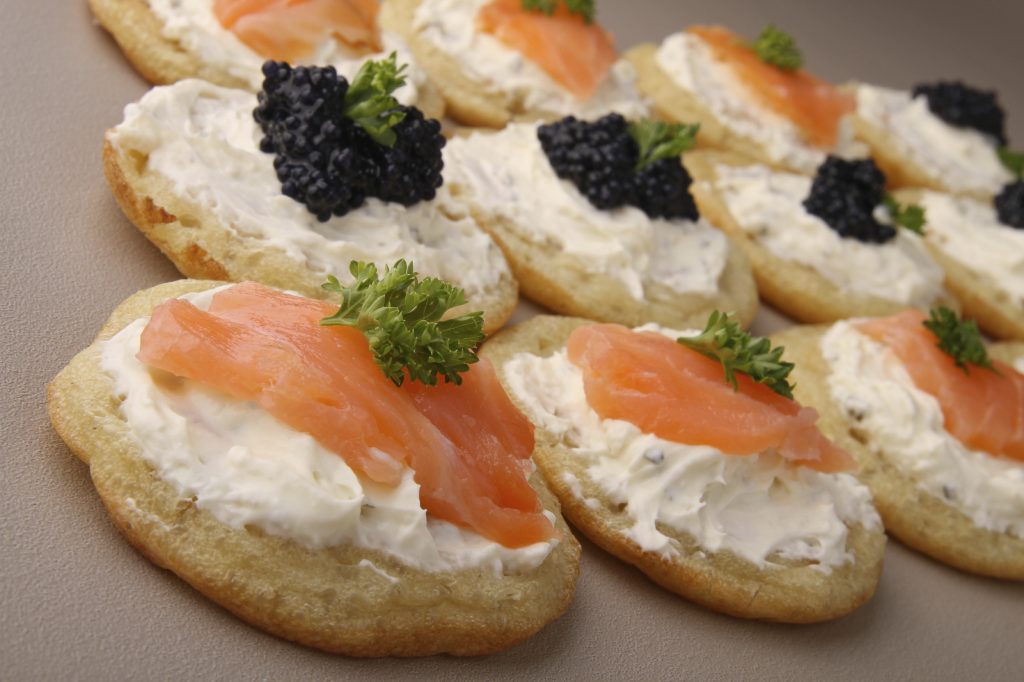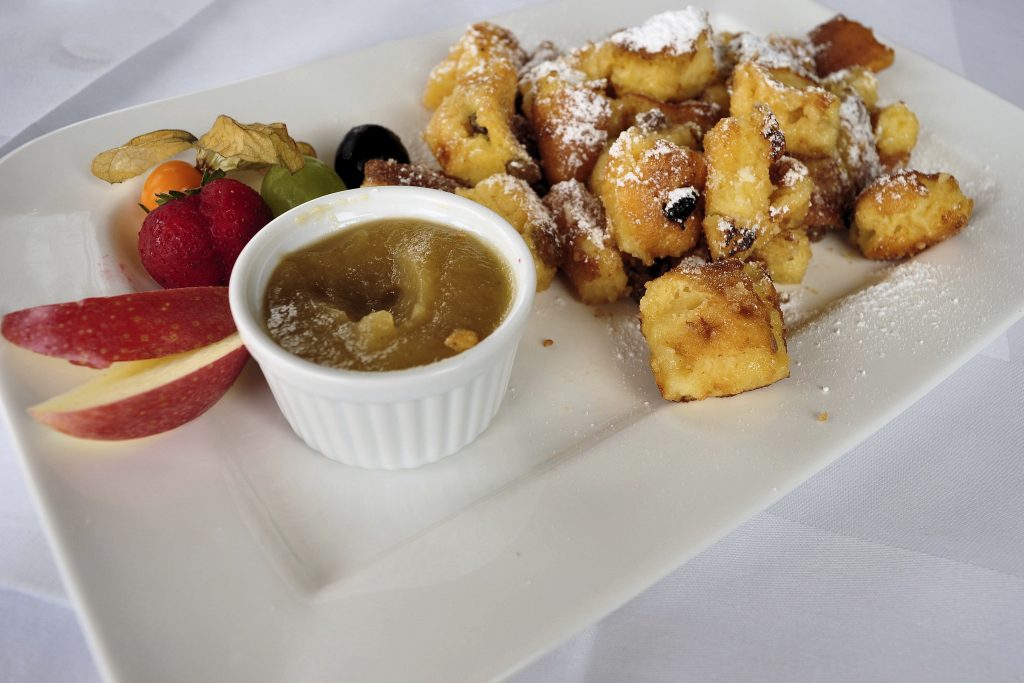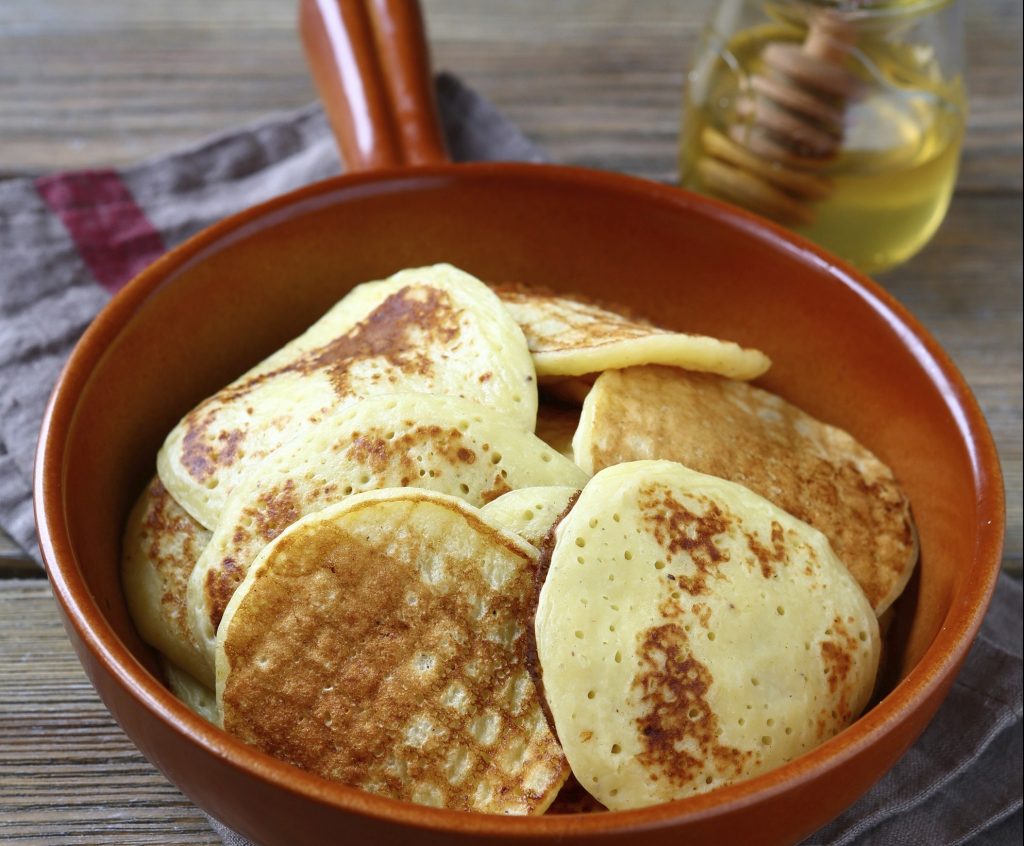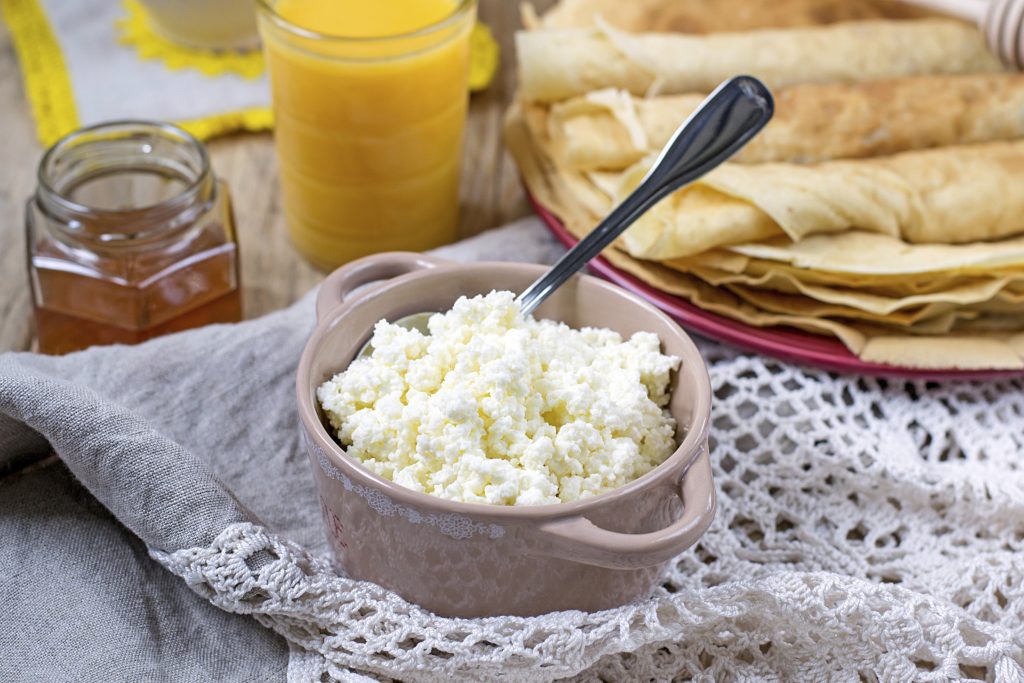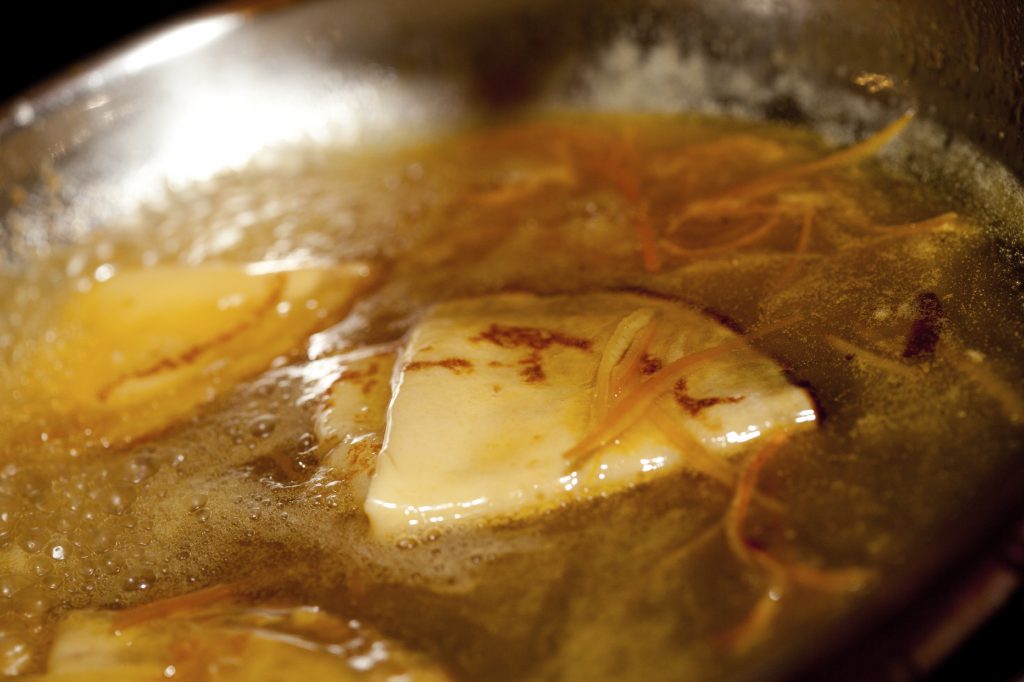It was a warm early autumn morning, and I’d just jumped out of a taxi at one of the most famous landmarks in Paris, the Arc de Triomphe. There were people chatting, others posing for photos, cars, buses and scooters whizzing around like the horses on a merry-go-round and high above us, people walking around the top of the structure, which looked so much larger up close than it appeared in any of the photos in the brochures.
 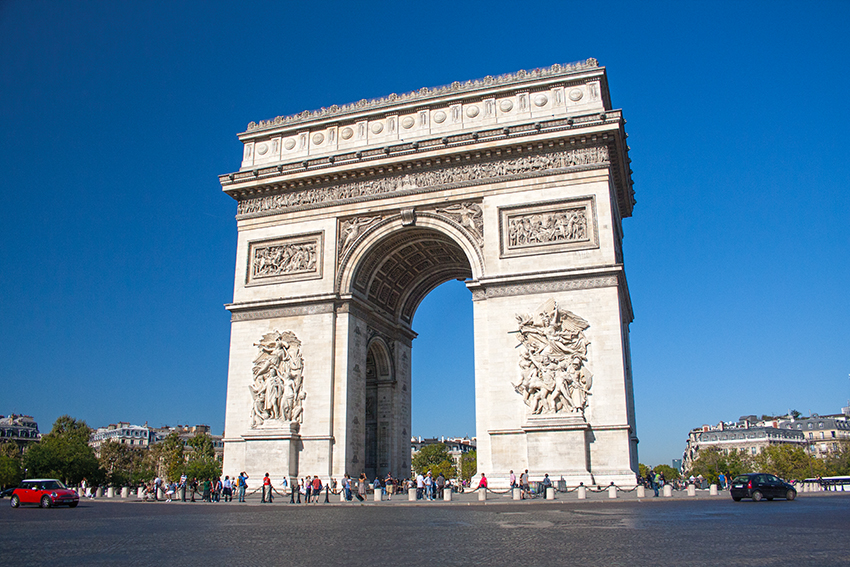
I’d chosen to spend a full day in Paris – the third day of my four-day coach break – and see the sights on foot. I’d joined the guided sightseeing tour by coach the day before which gave me a good idea of where things were and decided that I’d get out amongst the hustle and bustle of the streets of the wonderful French capital. Whenever I go away, I prefer to walk around (whenever possible) – I get to see more and sometimes end up in places I didn’t intend.
So, armed with my already-crinkled city map, I was there: at the top of the Champs Elysées, on a hot September morning with the whole day ahead of me.
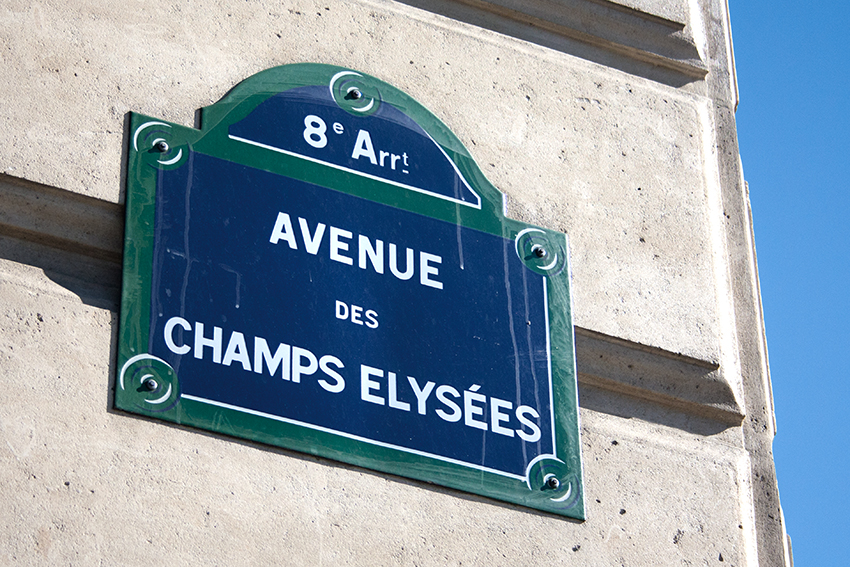
As I strolled along past small souvenir shops and large stores displaying designer names, the morning sunshine was glittering through the trees lining the famous avenue. There were people in cafés chatting on mobile phones or with friends, enjoying a croissant and ‘cafe au lait’. Smartly dressed ladies with large sunglasses hurried past, phone in one hand and a glossy, rigid designer shopping bag on the other arm. I had entered into the world of ‘chic’.
My route took me all the way along the two-kilometre length of the Champs Elysées to one of the best-known squares in Paris: the Place de la Concorde, originally a site of execution during the French Revolution. Here, the splashing of fountains and sound of people chatting and laughing as they posed for photos filled the air, along with squeals as passers-by were taken by surprise by the statues that come to life as soon as you get near them. The scene was so far removed from what I imagine it to have been like in the late 18th century.
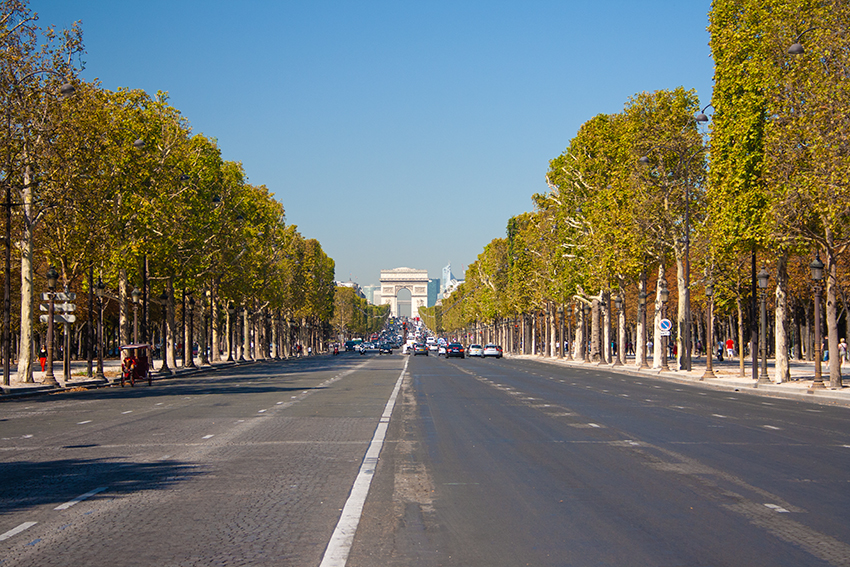
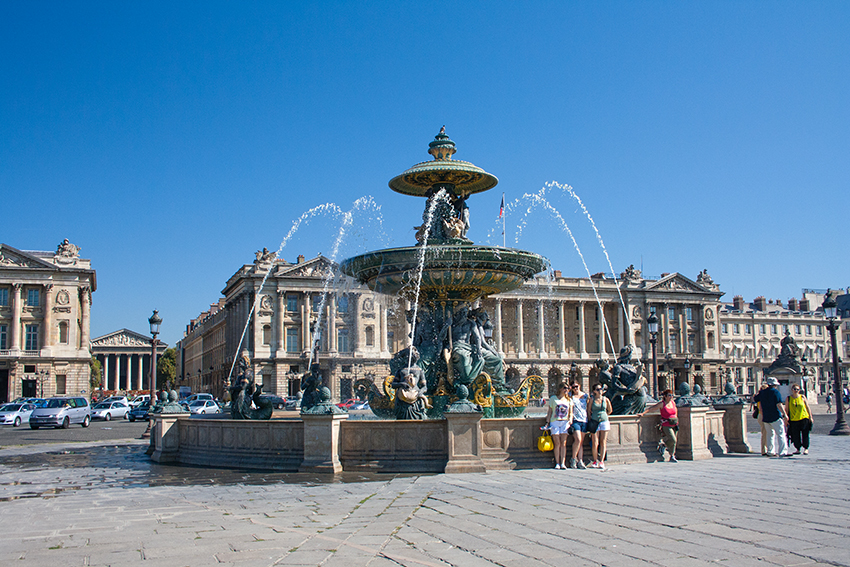
Continuing straight across to the Tuileries Gardens – an area which was once a clay quarry for tiles, or ’tuilerie’ – I turned to see the Arc de Triomphe, now a tiny archway in the distance, and the unmistakable structure of the Eiffel Tower over to the left, standing against the bright blue sky.
By now the temperature had risen quite a bit and as I entered the wide lane running through the Tuileries Gardens, linking the Place de la Concorde and the Louvre, there were people sitting around a large fountain on green steel chairs reading, sunbathing, kissing, chatting and listening to music, whilst others relaxed in the cafés under the shade of the horse chestnut trees lining the avenue.
 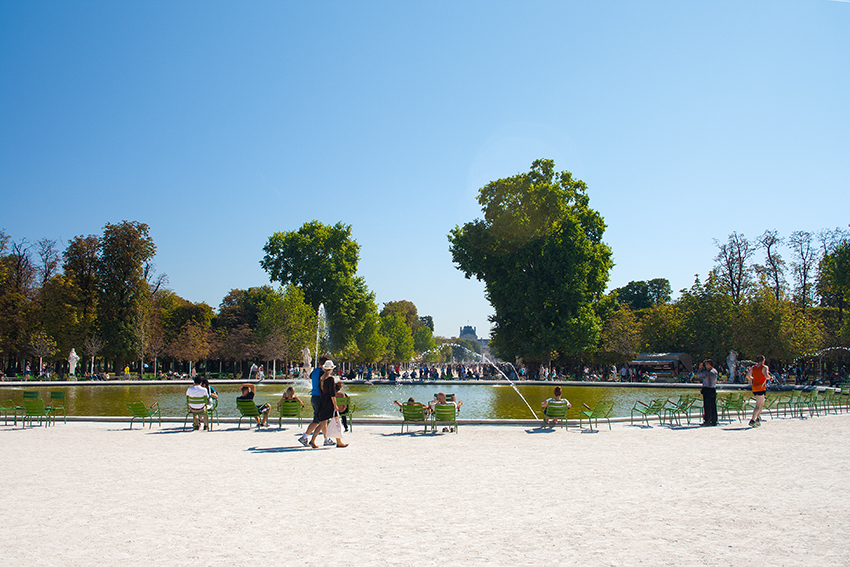
As I walked, the gentle sounds of the cream-coloured gravel crunching underfoot and birds singing above, the quiet hum of conversations and the bells of energetic cyclists ringing as they whizzed past all made for a very laid-back wonderful atmosphere.
Ahead of me was the large building of the Louvre Palace, home to one of the world’s largest museums and the modern glass pyramid which sits in the main courtyard. As I got closer I could see the long queue of people, all waiting to get in to the famous museum for a peek of one of art history’s most famous paintings, Leonardo’s Mona Lisa, perhaps or maybe the elegant sculpture of Venus de Milo?
 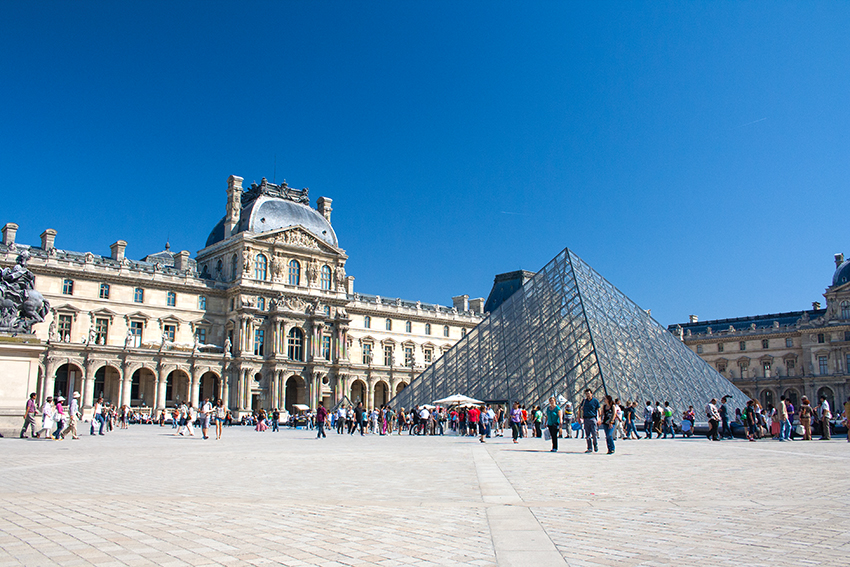
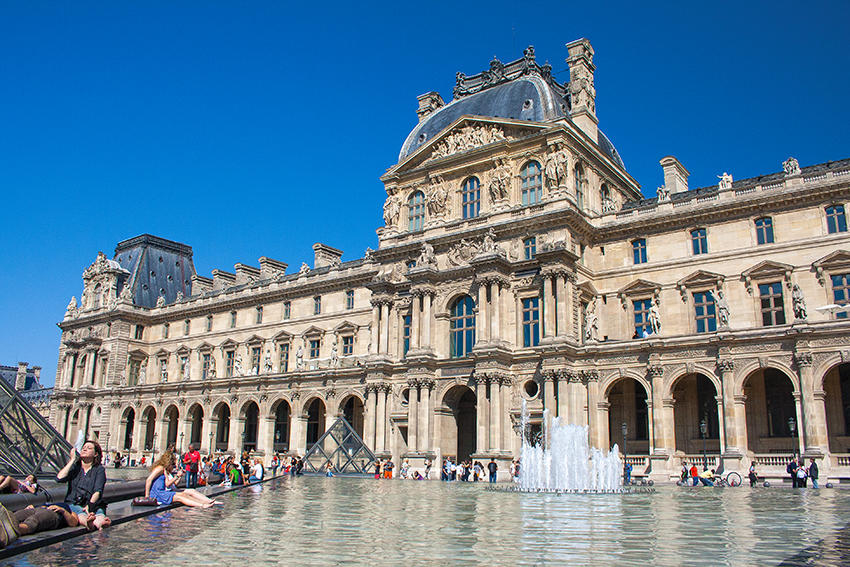
By this time it was extremely hot, with people sitting on the edges of the fountain dangling their feet into the water to cool down. I joined them for a few minutes and soaked up the atmosphere of my surroundings: the impressive glass pyramids, the decorated façades of the Louvre Palace; the cooling water pools and the visitors enjoying their day. It gave me a good opportunity to update my notebook, check my camera and consult my map. With my various bags, pockets and pieces of kit to delve into, the moment turned to slow motion as I saw my video camera taking a dive! “Nnnnnooooooo!!!†I yelled, as I lunged to grab it, but it was too late. There was a loud ‘PLOP!’ and there lay the camera, in 2 feet of water like a coin tossed into a fountain by visiting tourists. I reached into the cold water to retrieve the camera – knocking my map into the pond in the process – and left it to dry on the wall, in the hope, somehow, of bringing it back to life! After a few minutes, in the heat of this beautiful September day, the map was functional again, despite being a bit soggy. The video camera, on the other hand, was not.
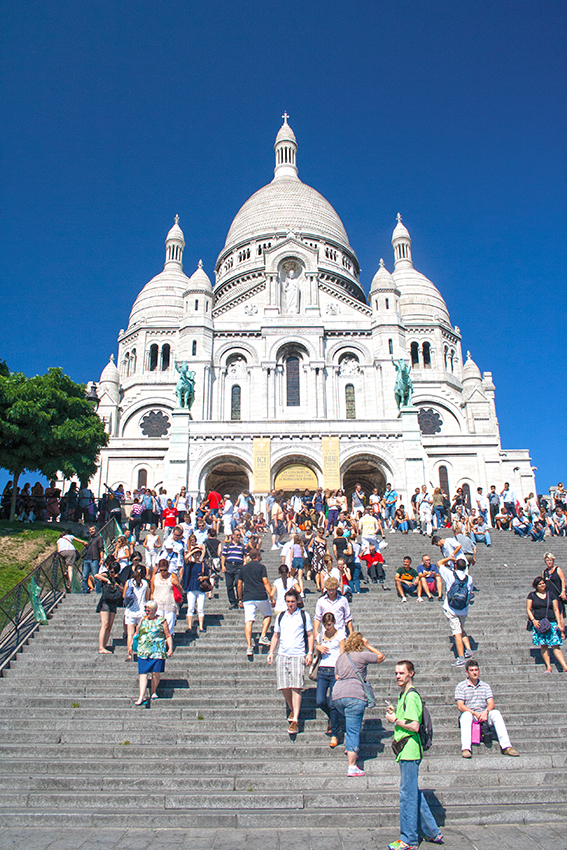
Next on my list of ‘things to see’ was the Sacre Coeur Basilica – the Basilica of the Sacred Heart. Peeling my map apart, I set off through the passage leading out of the Louvre courtyard and along the Rue de Louvre, heading for the Montmartre area. 45 minutes later, after asking a couple of people in shops and bars for directions and after a lot of pointing and hand gestures, I reached the Sacre Coeur. The bright building stood out against the deep blue sky, much larger than I had expected. It had been quite a long walk – especially in the heat – and a lot of it had been up hill, but it was worth it for the wonderful view over the city. As I arrived at the steps I noticed the funicular which takes weary sightseers up the hill to the basilica itself.
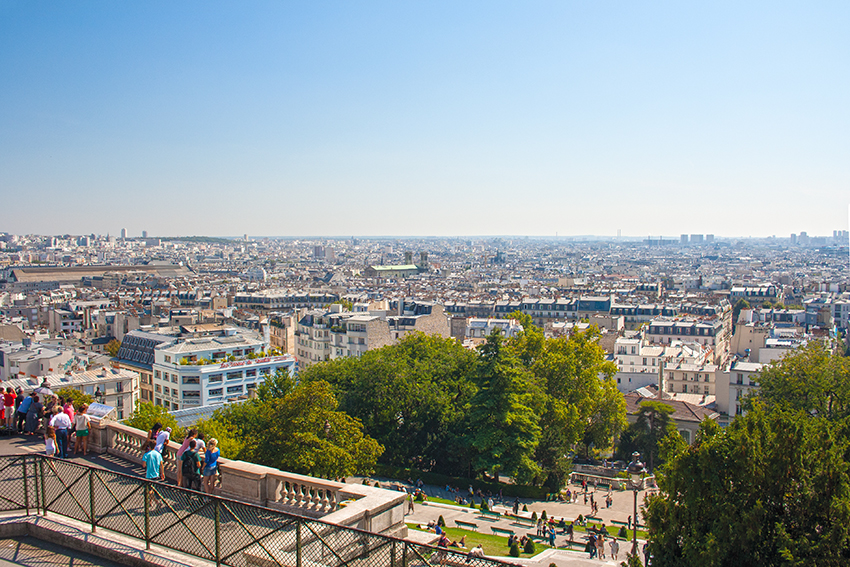
After catching my breath, I climbed the steps and followed the road around to the left of the cathedral, heading for the Place du Terte. Taking a left turn at the end of the wall, suddenly the road was really busy. The volume cranked up a notch or two, with music playing and people chatting at the bars and cafés and at the plentiful souvenir shops – there was a real buzz about the place. As I ventured through the crowds of the narrow street and out into a little square, there was an elderly woman singing along to the old music box she was playing, fed by a roll of paper with holes in it. Wearing knee-length denim trousers, a shirt and a neckerchief with a floppy, cap-style hat, the woman was attracting quite a crowd, some of them clapping along to the music while others captured it all on film.
 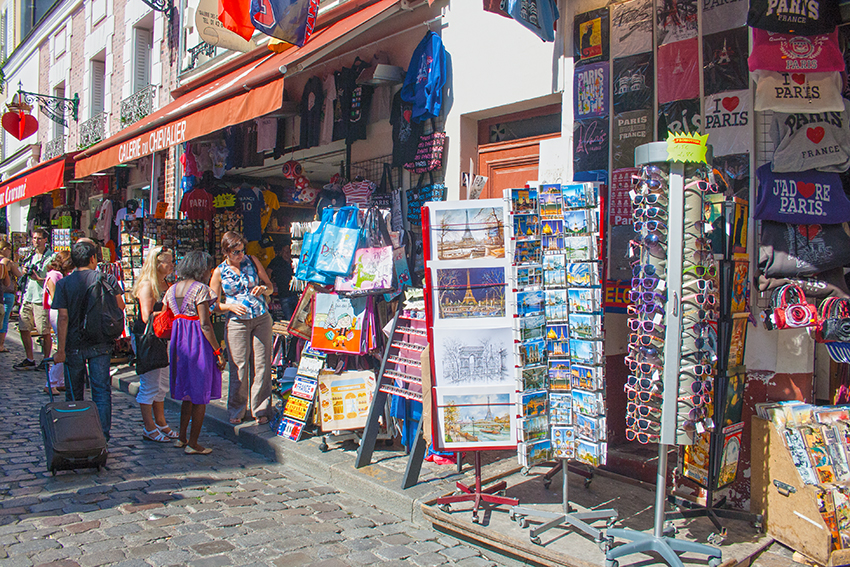
The sun was beating down as I passed the crowds and there in front of me was Place du Tertre. The square, although small, was lined by restaurants on one side and was a maze of artists – an extremely busy place where painters sat at their easels, applying oil paint to their canvas while others were busily sketching as they glanced over their thick-rimmed spectacles every so often to see if their display has any interest. There were traditional paintings and some more modern or abstract; old artists with bushy white beards, some clad head to toe in denim; others wearing neckerchiefs and shoes with no socks – the atmosphere here was wonderful. One old artist stopped mixing the colours of his palette to stand up and show us his works. I noticed he had bright green paint dotted in his wiry white beard. “I have many more – this one is quite good†he told us, showing us another of his colourful works. Behind the artists, shaded restaurants were bustling like the rest of the area, packed with contented customers.
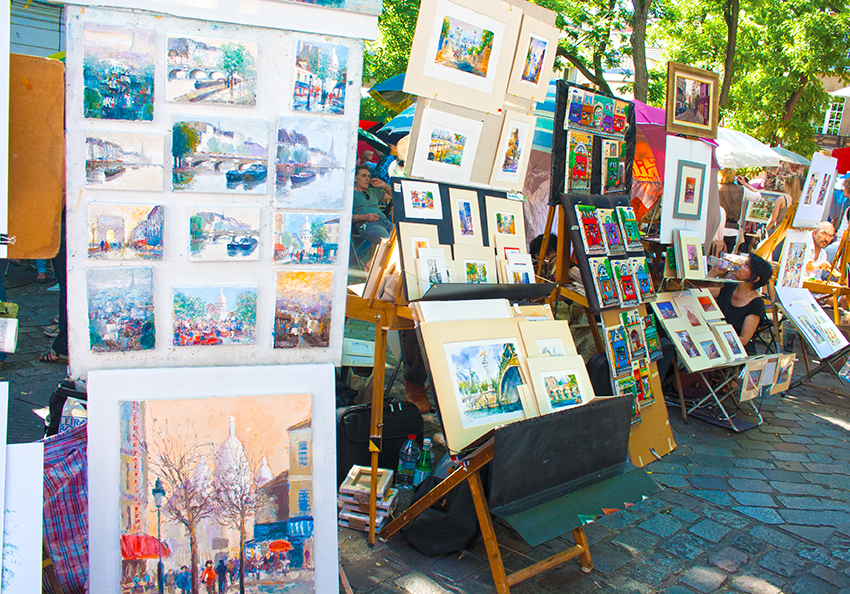
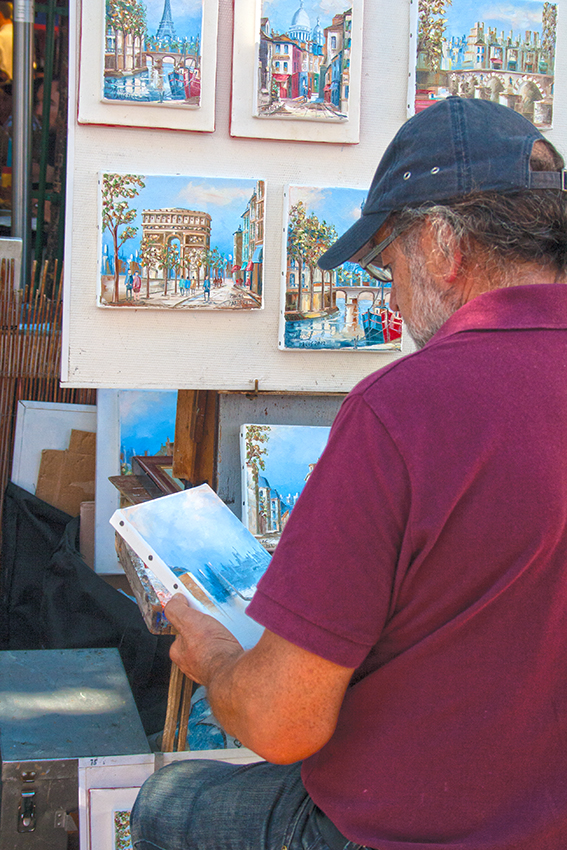
I would’ve loved to spend much more time around Place du Tertre. I could easily have spent a day around the Montmartre area with its inviting and alluring atmosphere, just as I could’ve idled away a few hours watching the world go by from a Parisian café or strolling around the Tuileries Gardens, soaking up the sun and the wonderful atmosphere. I’d seen so much during my day in Paris: the Arc de Triomphe; Champs Elysées; Place de la Concorde; Tuileries Gardens; Eiffel Tower (OK, so this one was from a distance!); the Louvre; the Sacre Coeur; Montmartre and the Place du Tertre… and I know there’s still more for me to see in this magical city. I’ll just have to come back one day!
What’s your favourite part of Paris? Share your stories with us.
